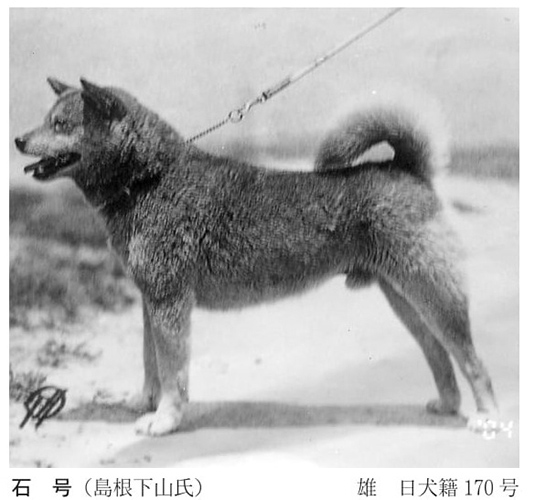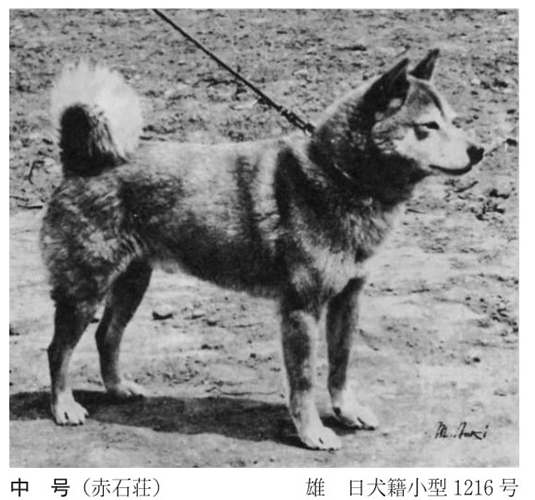ハナゴ
.png)
Hana Go is a tribute to one of the most influential ancestral mothers in Shiba Inu history. Originating from
Tottori, Hana Go played a pivotal role in shaping the modern Shiba Inu bloodline. As a key link in the lineage
from Ishi Go (the father of the modern Shiba) her descendants, including Naka Go, formed the backbone of
postwar Shiba restoration efforts. Hana Go honors not just a name, but a legacy deeply rooted in Japanese
tradition and the enduring spirit of Nihon Ken.
Of the Japanese breeds, the Shiba Inu is said to have coexisted in human society since ancient times (according to one theory, since the Jomon period, or even the Yayoi period), and it is considered to be the oldest of the current six types of Nihon Ken. It has been established as a breed suited to multiple tasks and purposes. There are three main lines of Shiba Inu, and there was a time when the breed developed with unique regional names, such as “San’in Shiba,” “Shinshu Shiba,” and “Mino Shiba.”
The “Japanese Dog Preservation Society” (NIPPO) was established in 1928 to preserve the Japanese dog (Nihon Ken). Full-scale preservation activities began, and from October 1937, work began to create detailed pedigrees. In 1936 the Shiba Inu was designated a national natural monument. Not long afterward, World War II began and many Japanese dogs paid the ultimate sacrifice. With regard to preservation activities, there was no major activity comparable to the pre-war period for at least three to four years.
Commonly referred to as the father of the modern Shiba Inu, the Shikoku ken “Ishi” Go (Masuda City, Shimane Prefecture) was discovered in 1936, and his pedigree registered. It is not an exaggeration to say that the development of today’s Shiba Inu owes everything to the existence of Ishi Go. Aka Go was born by crossing Ishi Go with Koro Go from Shikoku, Beniko Go was born from a mating of Aka Go and Hana Go from Tottori, and Akanai Go was born out of Aka Go and “Ji-inu” (local or village dog) Meigetsu Go. Out of Aka-inu Go and Beniko Go, Naka Go was born. It was this Naka Go who would become the founding dog of the postwar Shiba Inu Restoration, and became the basis for the development of the Shiba Inu.



.png)
.png)
